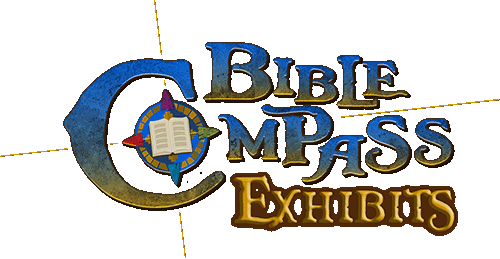Period of the Church
Carousel of images for this Bible Exhibit
Listen to this Bible Exhibit
The period of the Church refers to the early years of the Christian Church recorded in the New Testament following the death, resurrection, and ascension of Jesus Christ. This period is crucial in understanding the establishment and growth of the early Christian community. The Church’s foundation can be traced back to the Day of Pentecost in AD 33, as described in the Acts of the Apostles Acts 2:1-41. On that day, the Holy Spirit descended upon the disciples of Jesus, empowering them to proclaim the Gospel boldly and perform signs and wonders.
Under the leadership of the apostles, particularly Peter and Paul, the early Church began to spread throughout the Mediterranean region and beyond. The apostles preached the teachings of Jesus, performed miracles, and established local Christian communities. The Book of Acts provides a detailed account of their missionary journeys and challenges. During this period, the Church faced various trials and persecutions. Both religious and political authorities viewed the growing Christian movement as a threat. The martyrdom of early Christian leaders, such as Stephen Acts 7:54-60 and James, the brother of John Acts 12:1-2, illustrates the intense opposition that early believers encountered.
The Apostle Paul played a significant role in the expansion of the Church. He embarked on multiple missionary journeys, establishing and nurturing Christian communities in various cities, including Antioch, Ephesus, Corinth, and Rome. Paul’s letters, known as the Pauline Epistles, form a significant portion of the New Testament and provide valuable insights into the theology and practical issues faced by the early Church.
During this period, the early Christians faced theological questions and challenges. The Council of Jerusalem was convened to address the issue of whether Gentile converts needed to observe Jewish customs. The council’s decision, led by James, the brother of Jesus, affirmed that Gentile believers were not required to be circumcised but should abstain from certain practices Acts 15:1-21.
The New Testament also records the formation and practices of early Christian communities. The believers gathered for worship, teaching, fellowship, and the breaking of bread Acts 2:42-47. They shared their possessions, cared for one another, and sought to live according to the teachings of Jesus.
It is important to note that the New Testament documents were written during this period. The four Gospels of Matthew, Mark, Luke, and John, the Acts of the Apostles, and the letters known as Epistles were composed and circulated among the early Christian communities. These writings served as authoritative instructions, teachings, and encouragement for the growing Church. The period of the Church, from AD 33 to the death of John the Apostle around AD 100, lays the foundation for the subsequent development and history of Christianity. The early Church’s events, teachings, and experiences during this time continue to shape Christian beliefs, practices, and ecclesiastical structures today.








